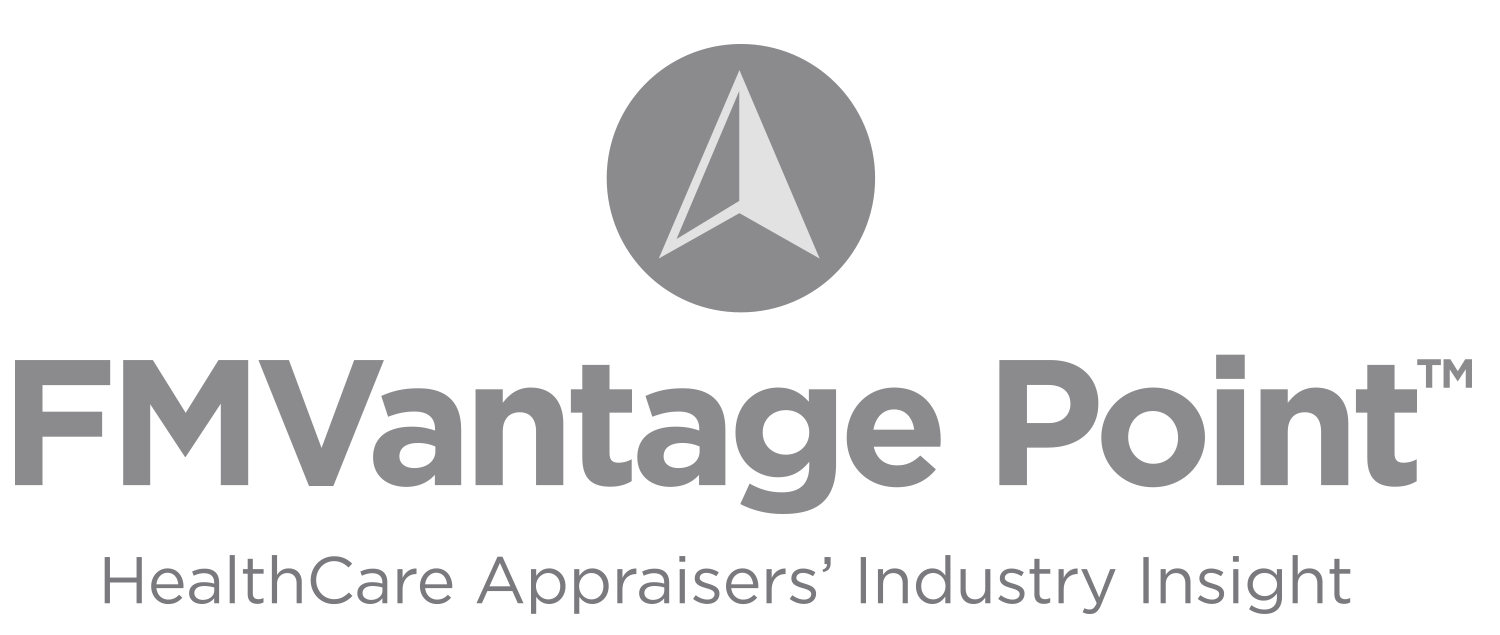Authors: Erica Jacobovits, J.D. and Kevin Obletz, J.D., CVA

COVID-19 has arguably permeated all facets of healthcare delivery, with one manifestation of those changes recently propagated by the Centers for Medicare & Medicaid Services (CMS). In adopting the American College of Cardiology’s (ACC)[1] recommendation, CMS now temporarily[2] permits direct supervision[3] of cardiac rehab “using virtual presence of the physician through audio/video real-time communications technology[.]”[4] In making this change, CMS has transformed the well-established concept of “direct supervision,” previously defined as requiring “the physician [to be] immediately available to furnish assistance and direction throughout the performance of the procedure.”[5] This flexibility for physician supervision of cardiac rehab services fits within the overall trend[6] for reimbursement of certain services delivered via a telemedicine platform, and has emerged as a significant tool in the fight against diminished resources for cardiac rehab programs.[7]
Generally, telehealth and telemedicine represent a transformative healthcare delivery model whereby services are delivered and managed using technology platforms (e.g., mobile devices, computers, etc.). Such advents made possible by telehealth and telemedicine include remote patient monitoring and electronic consultations (e.g., video conferencing, “store-and-forward” communication, etc.). In this vein, telehealth and telemedicine facilitate on-demand access to healthcare and increased convenience to the patient.
Select leading professional societies, including the American Association for Cardiovascular and Pulmonary Rehabilitation and the American Heart Association, are advocating for CMS to permanently allow virtual supervision for cardiac rehab. These societies have endorsed this flexibility in supervision, noting that “[t]he inclusion of direct supervision via virtual presence has improved access for patients during the PHE. It has allowed the relocation of [. . . ] cardiac rehabilitation services from the hospital to satellite locations where there is not an MD or DO physically available.”[8] Owing to these expanded virtual supervision rules, programs such as the mobile-based technology cardiac rehab program pioneered by Duke University Medical Center may become more commonplace in the near future.[9]
![]() FMV PITFALL
FMV PITFALL
Whether in the context of cardiac rehab or another modality, the use of telemedicine is becoming more commonplace, and compensation for cardiac rehab arrangements based upon valuation methods applicable to on-site supervision may no longer represent fair market value for virtual supervision. Having assisted clients with hundreds of telemedicine services arrangements over the years, HealthCare Appraisers has stayed at the forefront of this emerging trend and is well suited to assist clients with their particular telemedicine compensation and virtual supervision compensation arrangements.
[1] See ACC’s “CMS Approves Telehealth Cardiac Rehab During COVID-19 Pandemic” available at https://www.acc.org/latest-in-cardiology/articles/2020/10/15/17/10/cms-approves-telehealth-cardiac-rehab-during-covid-19-pandemic (last accessed June 1, 2021).
[2] Until the later of either: (i) the expiration of the PHE or (ii) December 31, 2021. See Medicare Program: Hospital Outpatient Prospective Payment (the “OPPS”), 42 Fed. Reg. 85,869 (Dec. 29, 2020).
[3] CMS Manual System Pub 100-02 Medicare Benefit Policy (Jan. 15, 2020), available at https://www.cms.gov/files/document/r266BP.pdf.
[4] See 42 Fed. Reg. 85,869.
[5] See 42 Fed. Reg. § 410.32(b)(3)(ii).
[6] See the CMS announcement regarding the renewed push for expanding telehealth services to increase healthcare access at https://www.cms. gov/newsroom/press-releases/trump-administration-drives-telehealth-services-medicaid-and-medicare (last accessed June 2, 2021).
[7] With one study citing to 71% of in-center cardiac rehab having temporarily shut down during the COVID-19 pandemic. See “Pandemic Intensified Push for Home-Based Cardiac Rehabilitation Options” available at https://www.ahajournals.org/doi/10.1161/CIRCULATIONAHA.120.051769 (Nov. 2, 2020).
[8] See proposed comments to CMS available at https://www.acc.org//-/media/Non-Clinical/Files-PDFs-Excel-MS-Word-etc/2021/04/14/Level-of-supervision-Hospital-and-Ambulatory-Policy-Group.pdf (Apr. 26, 2021).
[9] See “Home Based Cardiac Rehab – Duke” at https://pattern.health/marketplace/programs/home-based-cardiac-rehabilitation-duke (last accessed August 6, 2021). The program is designed to serve patients “unable to participate in on-site rehabilitation programs.”
